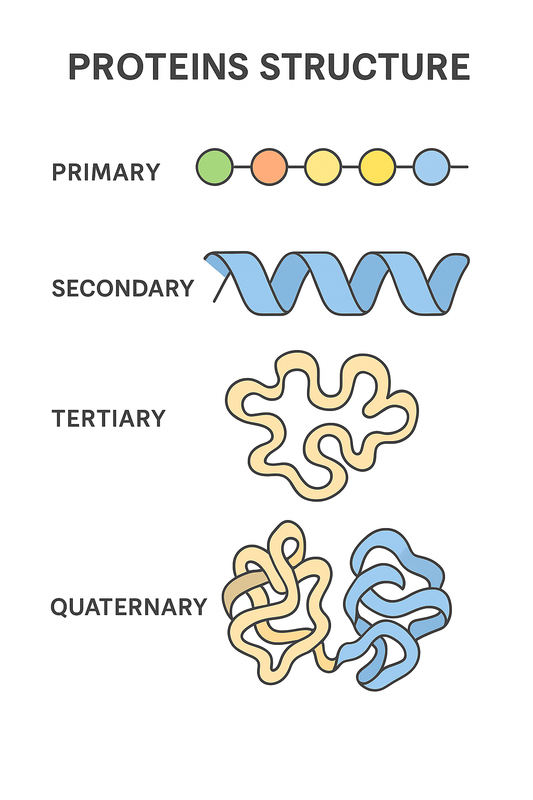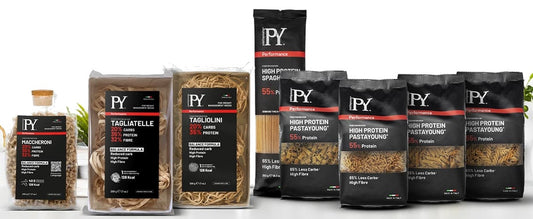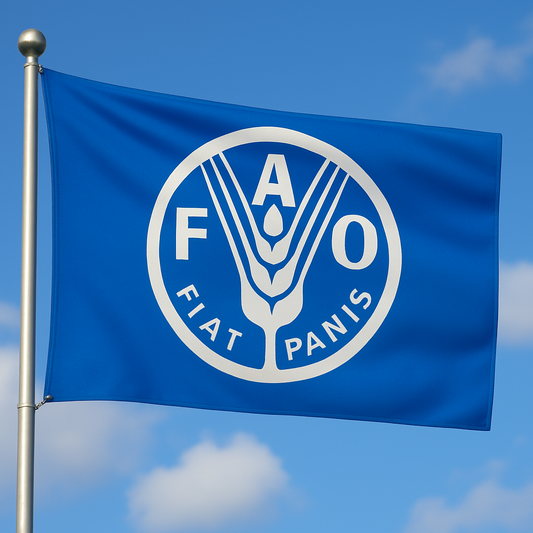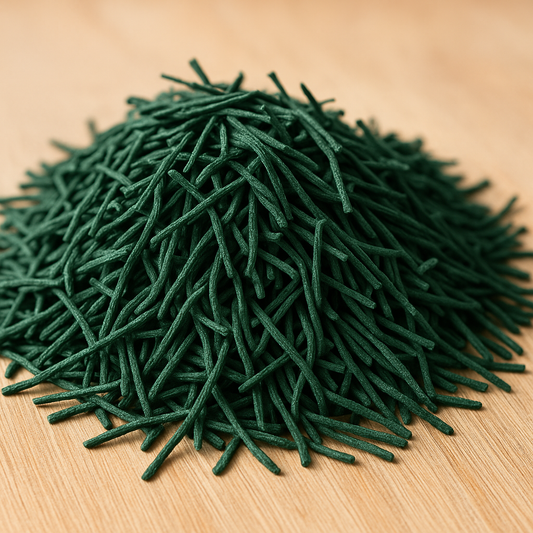
Are you interested in edible insects?
Share
Are you interested in edible insects? These are the top things to know
Some people find themselves eating to the point that they have a heart attack. Others, on the other hand, don’t know what to eat anymore. They go into the kitchen to fix something to chow down and discover that they’re at a loss. There is so much debate going on in the world today about what is good for a healthy diet, so there’s no possible way of knowing what is the absolute best choice.
How about you? Are you hungry for something, but you can’t figure out what? Instead of having eggs, you might want to try edible insects. Of course, you can eat bugs. Edible bugs are attractive alternative food sources and they are super tasty we might add. Eating bugs continues to grow in popularity and many people have incorporated this practice into their lives.
The thought of eating insects has never crossed your mind. It’s really a shame because you’re missing out on something extraordinary. Maybe you’re interested in insect-based foods, but you need more information. If you’re curious about this particular food choice, then you’ve come to the right place because here you have a list of top things that everyone needs to know about edible insects. Please, enjoy.
Entomophagy - the practice of eating insects
What is the technical term for eating insects? It’s entomophagy. Entomophagy refers specifically to the human consumption of insects (eggs, larvae, pupae, and adults) as a nutrition source. Insect food doesn’t have anything in common with sources of animal food. The delineation is dictated by the nature of the bug and conditions relating to the production and processing environments.
When it comes to food marketing, the term entomophagy is used in a broad sense, including not only insect-based products but also merchandise made from arthropods, such as spiders and scorpions. Although there are more than 900,000 documented types of insects around the globe, not all of them are comestible. Examples of insects and arachnids that can be eaten include:
- Grasshoppers
- Crickets
- Bees
- Worms
- Ants
- Locusts
- Termites
- Cicadas
- Tarantulas
- Scorpions
- Wasps
- Beetle grubs
Entomophagy has stirred up curiosity worldwide. It seems that people are enthusiastic in their support of entomophagy. Individuals are willing to try edible insects. Why? You may ask. Because they have understood that bug food is better than other recommendations. At present, there are several types of edible insects for sale in the EU, UK, and the USA in specialized shops, including whole insects, powdered flours, and goods with insect flour incorporated. It’s possible to find energy bars, chips, chocolate, and various other products made from edible crickets.
History of people eating insects
Eating bugs might seem like a new practice. The truth, however, is that people have been consuming insects for food since the dawn of time. Prior to having tools to hunt or farm, humans ate insects. And why not? The critters were everywhere, easy to catch, and they weren’t poisonous in any way. Individuals used to eat insects like ants and termites because they needed energy to function.

Researchers found evidence in caves in the US and Mexico, suggesting that early humans were entomophagists. Our ancestors followed the example of animals in the area, like chimps. For them, eating edible bugs was the most natural thing in the world. As it was for the ancient Romans and Greeks. They would feast on locusts and beetle larvae. People in Algeria loved to gather locusts and boil them in salt water. Bugs have enjoyed success with human societies in regions of Australia too.
Does the Bible have anything to say about entomophagy? Well. yes. In the Old Testament, the topic of crockets for food has been taken up. Insects were considered clean and suitable for human consumption. God does want bugs in our diet.
With modern people, nothing is quite so simple. They have the possibility to fire and cook their food in whatever way they want. After having developed in Africa, they relocated to temperate areas. Whether or not those people searched madly for insect food there’s no way of knowing. What is certain is that they didn’t give up on the entomophagy.
Countries that embrace insect food
Approximately 80 percent of the world’s countries eat insects on a regular basis. Bugs are collected from forests, deserts, freshwater ecosystems, agricultural fields, and farms. The small creatures are included in many cuisines in Asia, Africa, America, Australia and Europe. Insects are the most popular human foods in these countries:
1. Japan
In Japan, you can eat edible bugs 24 hours a day, 7 days a week. The silk moth pupae and the giant water bug are considered delicacies. You can find insects for sale online, but there are many vending machines offering bugs in cans. Examples of bug dishes are inago and hachi no ko.
2. China
Chinese restaurants offer critters on the menu. Roasted larvae from worms, water beetles or bee cocoons are consumed in many areas as gourmet foods. Chinese entrepreneurs are promoting edible insects, as well as online marketplaces. The Chinese people have an issue with obesity and diabetes, so this shouldn’t come as a surprise.
3. Brazil
In Brazil, they are revolutionizing gastronomy with dishes such as ant burgers, fried tarantulas, and chocolate-covered ants. People in this part of the world favor ica, queen ants, and other species. In the past, they were consumed by poor families. This isn’t the case anymore, as insects can be found in the menu of sophisticated restaurants.
4. Indonesia
It’s not uncommon to see people in Indonesia munching on cockroaches or flies. While you can’t get a traditional burger, you can get bugs cooked on the grill or boiled and served with shallots and coconut milk. Catching the creatures is difficult and it often involves the use of special techniques.
5. Thailand
A good place to satisfy your craving for edible insects is Thailand. Thais eat worms, grasshoppers, and crickets as snacks. Edible bugs are widely available. More often than not, they are cooked in certain dishes, such as pasta or ravioli. Here are street food insect carts from where you can buy tasty snacks.
6. Mexico
Insects like ants and grasshoppers are used as main ingredients in traditional foodstuffs. Mexico has the highest number of natural resources, and they aren’t out of the ordinary. Edible insects for sale are affordable. Thanks to the old tradition of eating bugs, many companies are in business.
7. Ghana
Ghanaians rely on insect food, especially during the warm months of the year, when it’s food is scarce. They have a preference for termites, grasshoppers, and dung beetles. Sometimes the bugs are fried, while other times they are served with plain soup. Insect protein represents about 60 percent of the dietary protein. For people in Ghana, eating insects is essential for surviving.
8. The United States
As surprising as it may seem, Americans eat bugs in restaurants. Insects are present on more and more menus across the US, while stores are offering insects for sale online. Consumers view these small animals as nutritious, sustainable food sources. What prevents Americans from consuming crickets all the time is the cost. The cost of insect protein is high due to the lack of mechanized harvesting. But all that will change.
9. Australia
In recent years, there has been a revived interest in entomophagy. Honey-pot ants, mealworms, and crickets appeal to the Australian audience. People here are willing to experience new things, not that eating insects is a novelty. Australian people have been consuming bugs as food for centuries now. Examples of dishes include roasted cockroaches and honey-flavored ants.
10. Netherlands
The Netherlands are experimenting with all kinds of critters, making edible crickets completely normal. Dutch supermarkets have edible insects for sale, which means that people can enjoy goodies that tickle the taste buds, like chocolate with mealworms. Maybe the Netherlands will cause a revolution in Europe.
Why eating insects should be given a second thought
Approximately 2 billion people throughout the entire world eat insects in a regular manner. Individuals who have embraced insect food are regular people, chefs, scientists, and astronauts. Unfortunately, eating insects has not been adopted as a widespread practice. What is stopping the other 5 billion people from chowing down on crickets? Perhaps, lack of information. These people know nothing about the qualities of edible bugs.

If you’re like most people, then like most people you aren’t convinced that eating insects is the smartest thing you can do. To make it easier for you, here are a few reasons to become an entomophagist. Just think about it.
- Important source of protein – protein is a crucial element, found in every cell of the human body. It’s the basic unit from which blood, skin, cartilage, muscles, and bones are built. Insects are high-protein foods, helping you stay healthy and strong.
A typical serving of edible crickets contains 13 g of protein and 121 calories, so they are low in calories. In 2012, Chapul launched the first protein bar made out of cricket powder. Fitness enthusiasts and people who seek better health prefer these protein bars to chicken or eggs.
- Nutrient-rich – bugs contain a lot of nutrients, like minerals (magnesium, copper), vitamins (A, D, E, K, C), fibers. Edible insect resources provide a set of nutrients suitable for human growth and development. The most healthful bugs to eat are mealworms, crickets, soldier fly larvae, and houseflies.
- Sustainable food alternative – gobbling up beetles or cockroaches is good for the environment. As opposed to traditional sources of protein, it’s not necessary to find new farming space since the food is harvested from nature. Taking into consideration the limited land area that is available, this comes as a relief.
Organized insect rearing results in less greenhouse gas emissions. For instance, crickets produce 2g of CO2 per 1kg, which is significantly less than that produced by, say cattle (2800g of CO2 per 1kg).
Low-value organic waste can be transformed into high-value protein. Agricultural waste is estimated at billions of dollars annually, so it’s a good idea to put a stop to irrational farming methods and start growing bugs for food. Species that can be used for waste streams are house crickets and oriental crickets.
- Ideal animal feed – animals have their own dietary requirements. What animals eat maintains their bodies healthy and enhances the quality of their products. Insect food can be used as animal feed successfully. Maggots, for example, can provide poultry and fish the nutrients they need. Many farmers in the UK are using insects as animal feed.
- Tastiest things ever – taste is essential because it prepares the human body for digestion. Thanks to taste, we’re able to identify nutritious sources of nourishment. Edible bugs are delicious. As a matter of fact, you won’t be able to resist the temptation of helping yourself to another serving. That is how yummy insects are. If you’re willing to give large ants a try, you’ll see that they have a lemon and raspberry aroma.
- Food in the hands of those who are hungry – if you haven’t been living under a rock, then you know that the globe’s population is starving. Millions of people go to bed on an empty stomach. Edible crickets are the solution to the lack of food supplies. How so? There are tons of insects to every person. Crickets and other critters are easy to raise, not to mention that they prove to be income-generating opportunities.
EU standardizes entomophagy rules
Until this point, the production, trade, and handling of insect food haven’t been regulated. The good news is that all that will change soon. The EU (European Union) has introduced the Novel Food Regulation, adding to the assortments that are already present on the market. The directive has been in force since the beginning of 2018.
What does the novel food regulation mean for insect food? Besides the fact that it will be legal to serve edible bugs insects throughout the European Union, food safety will be fully ensured. The distribution of insects for sale takes into consideration the general wellbeing, hygiene, and labeling guidelines that were previously applicable only to animal foodstuffs.
Novel food refers to the type of food that doesn’t have a long history of consumption or produced in a way that wasn’t used before within the European territory before May 1997. Now, edible bugs will be authorized under the new regulation prior to being placed on the market. The updated categories of the system will include insects, as well as parts like wings or legs.
The EU took action because there was a strong need for rules and providing approvals. If before things were confusing, from now on they will be much more clearer. Innovative businesses will be able to enter the market, but attention needs to be paid to the fact that there will be a specific system for applicants.
Owing to the market introduction of insect food won’t be able to be banned. firms that are seeking legal certainty need to know that some species have already been approved for distribution in EU countries. The small animals that are considered now are Musca domestica, Tenebrio molitor, house crickets, silkworms, black soldier flies, and the list goes on.
Celebrities eat insects too
When enumerating the people that are in the habit of consuming bugs for food, we forgot to mention celebrities. As you can imagine, celebrities are like ordinary people. They aren’t special. Many famous people choose to discover the world of entomophagy and they frequently visit restaurants with insects on the menu. who are the celebrities that snack on bugs?
Angelina Jolie, while promoting one of her movies in Cambodia, cooked scorpions and was even seen eating spider legs. She is a genuine entomophagy fan, believing that they are good for you. Angelina Jolie loves everything about Cambodia, its people and culture, so it shouldn’t come as a surprise that she adopted their culinary practices. What is more, Angelina Jolie actively encourages her children to eat.

Salma Hayek is yet another on the list. In 2015, she posted a video of herself feasting on capulinas –crickets, in plain translation. Salma Hayek also loves worms, grasshoppers, and friend ants. A great many other stars enjoy insect food, including Zac Efron, Jessica Simpson, and Jessica Biel. They know how to find insects for sale online and what the best recipes are.
How to cook and eat edible insects
Okay, maybe you don’t need convincing. You want to have a bite, yet you don’t know how to cook grasshoppers or crickets. You’ll be happy to know that it’s not complicated. Here are some suggestions from top chefs:
Grasshopper bacon bits
You’ll enjoy the chunks of bacon. To cook up the plate of bugs, toast them on a traditional Mexican griddle and add chili and lime for extra flavor. It’s very much like making jerky. Make sure that the crickets are cleaned and thoroughly cooked.
Cricket flour cookies
Cricket flour can be used for all sorts of recipes, including cookies. If you have an addiction to cookies, then you’ll appreciate cricket flour cookies. What you have to do is whisk cricket flour together with normal flour, baking soda, and salt in a bowl. Add butter, sugar, and vanilla extract until everything becomes creamy. Begin adding eggs, one at a time. Bake the cooking in the oven for about 10 minutes.
Fried spiders
If a quick snack is what you’re looking for, try frying tarantulas. Before throwing the spiders in the frying pan, eliminate the abdomen. The result is simply delicious.




